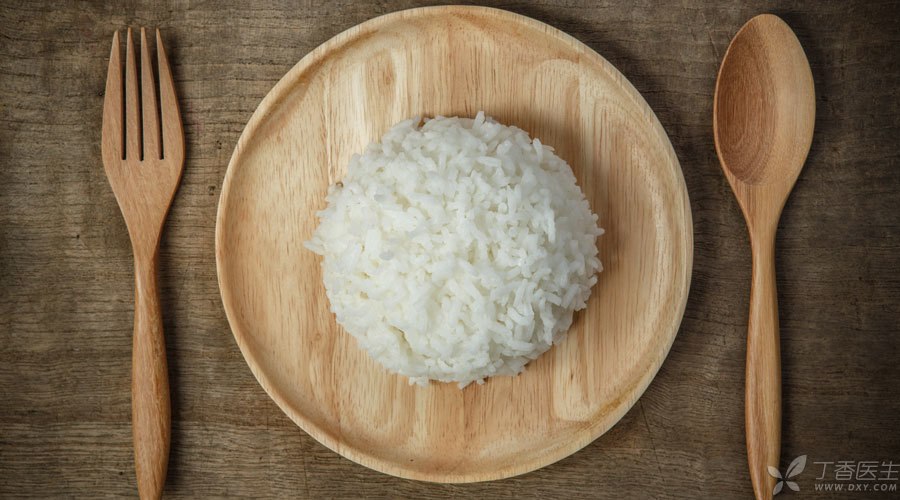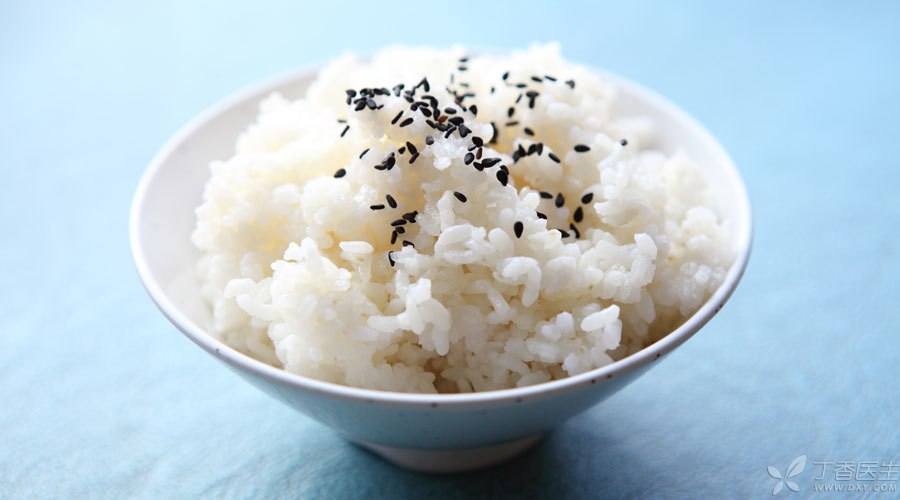
The white rice that we must eat every day was actually [blacked out] by an online hot post-[white rice is the king of junk food]!
In response, experts refuted the rumor: nonsense!
However, there is indeed a way to eat white rice.
Rumor 1: White rice contains almost no protein, fat, vitamins and minerals-only starch and sugar, and is a high-calorie junk food.
In fact, the nutritional composition of white rice is not single.
This statement is unscientific. Why is this? Let’s look at the structure of rice.
The edible parts of a complete grain include: cereal cortex, aleurone layer, endosperm and cereal embryo. However, it is not white and good-looking, nor is it delicate in taste.
In order to cater to the public and to facilitate grain storage, people grind coarse grains layer by layer to white and process them into glittering and translucent white rice, which is the refined white rice we buy on the market.
The rice we eat is only endosperm. It has lost B vitamins, dietary fiber, vitamin E and other nutrients, leaving only a large amount of starch, some protein, a small amount of vitamins and minerals. Therefore, rice also contains protein, fat, vitamins and minerals, but the content is less.
Rice is definitely not junk food, but our source of energy.
Starch passes through the human digestive tract and is decomposed into glucose. Glucose is the only energy substance available to our brain. If glucose is lacking, the brain will also lack motivation, dysphoria, dizziness and even memory loss.
As for the statement that [rice is a high-calorie food], it is also unscientific.
Compared with meat, rice has much lower calories. The calories per 100 grams of rice are 117 kilocalories, while the calories per 100 grams of spiced beef are 246 kilocalories.
Rumor 2: White rice is high in sugar and can eat diabetes.
In fact, diabetes is not eaten.
Diabetes is not only related to a high-energy and high-fat diet, but also the result of the comprehensive action of genetic factors and external environment. White rice alone will not produce diabetes.
The unreasonable diet structure and the lifestyle of eating more and moving less are the [culprits] that lead to diabetes.
Although the [glycemic index] (GI) of white rice is relatively high, it cannot be concluded that [eating white rice can produce diabetes].
A powerful example is that in the past 20 years, the staple food consumption of urban and rural residents in China has shown a significant downward trend. However, in cities with the highest incidence of diabetes, residents’ cereal intake is the lowest.
However, diabetics really need to pay attention to choosing foods with low glycemic index when eating on weekdays. To control the intake of rice, some white rice can be replaced by coarse cereals (which have not been finely processed).

Rumor 3: Encourage not to eat rice flour and replace white rice with fruits and vegetables as staple food.
In fact, [Bai Fumei] should eat less rice flour and the combination of coarse and fine grains is healthier.
As mentioned earlier, the sugar contained in rice is mainly starch. Vegetables and fruits do contain sugar, but not all glucose, but also some fructose.
Fructose does not directly provide energy. If you want to get the amount of glucose the body needs through fruits and vegetables, you must eat a lot of fruits. But at the same time, you will consume too much fructose.
A large amount of fructose enters the liver and will be converted into excessive fat, which may lead to fatty liver and increase blood lipid.
Healthy eating of white rice: 2/3 white rice + 1/3 coarse grain
Most people, especially diabetics, take a proper amount of coarse cereals while choosing [Bai Fumei] refined rice and flour, which has a positive effect on controlling blood sugar, body weight and blood lipid.
At ordinary times, pay attention to the combination of thickness and thickness in diet, such as adding brown rice, soybean, yam, etc. to white rice. You can also mix coarse cereals as staple food according to your preferences, such as black rice, millet, potatoes, etc.
